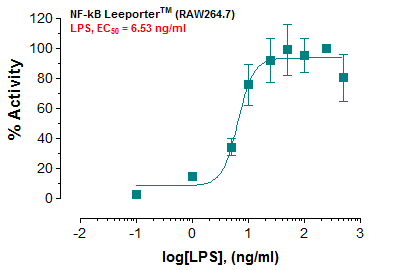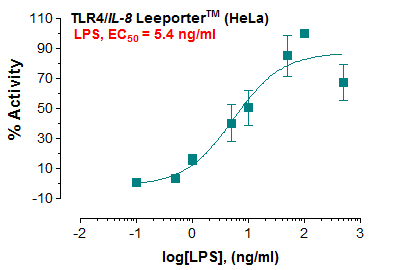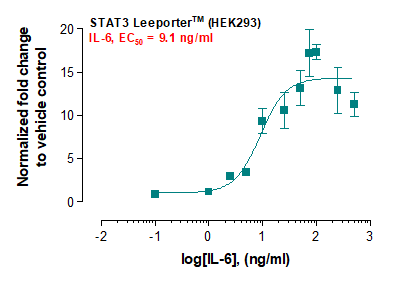Anti-Human Luteinizing Hormone (LH) Beta (Clone 196)-HRP
Shipping Info:
For estimated delivery dates, please contact us at [email protected]
| Amount : | 1.0 ml |
| Isotype : | IgG |
| Content : | Concentration: 0.5 mg/ml Formulation: This horseradish peroxidase conjugate is supplied in a specially formulated stabilization diluent. |
| Storage condition : | Stable for at least one year when stored at 2°C - 8°C.?Do not freeze. |
| Immunogen Information : | Purified Recombinant Human LH=? (>98%) |
Specificity: Mouse Anti-Human Luteinizing Hormone Beta (LH=?) (Clone 196) recognizes Human Luteinizing Hormone Beta. This monoclonal antibody was purified using multi-step affinity chromatography methods such as Protein A or G depending on the species and isotype.
Background: Luteinizing hormone (LH) is a hormone synthesized and secreted by gonadotropes in the anterior lobe of the pituitary gland. In concert with the other pituitary gonadotropin follicle stimulating hormone (FSH) it is necessary for proper reproductive function. In the female, an acute rise of LH - the LH surge - triggers ovulation. In the male, where LH had also been called Interstitial Cell Stimulating Hormone (ICSH), it stimulates Leydig cell production of testosterone. LH is a glycoprotein. Each monomeric unit is a protein molecule with a sugar attached to it; two of these make the full, functional protein. Its structure is similar to the other glycoproteins, FSH, TSH, and hCG. The protein dimer contains 2 polypeptide units, labeled alpha and beta subunits that are connected by two disulfide bridges. The alpha subunits of LH, FSH, TSH, and hCG are identical, and contain 92 amino acids. The beta subunits vary. LH has a beta subunit of 121 amino acids (LHB) that confers its specific biologic action and is responsible for interaction with the LH receptor. This beta subunit contains the same amino acids in sequence as the beta sub unit of hCG and both stimulate the same receptor, however, the hCG beta subunit contains an additional 24 amino acids, and both hormones differ in the composition of their sugar moieties. The different composition of these oligosaccharides affects bioactivity and speed of degradation. The biologic half-life of LH is 20 minutes, shorter than that of FSH (3-4 hours) or hCG (24 hours).
|
There are currently no product reviews
|
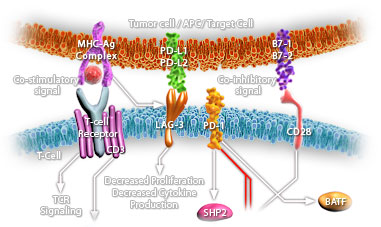
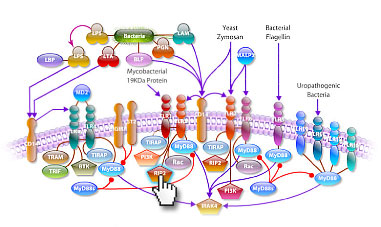











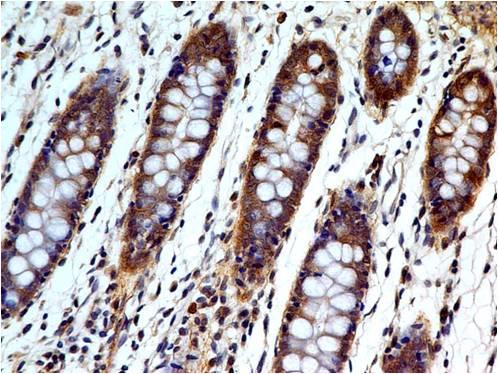



.png)


